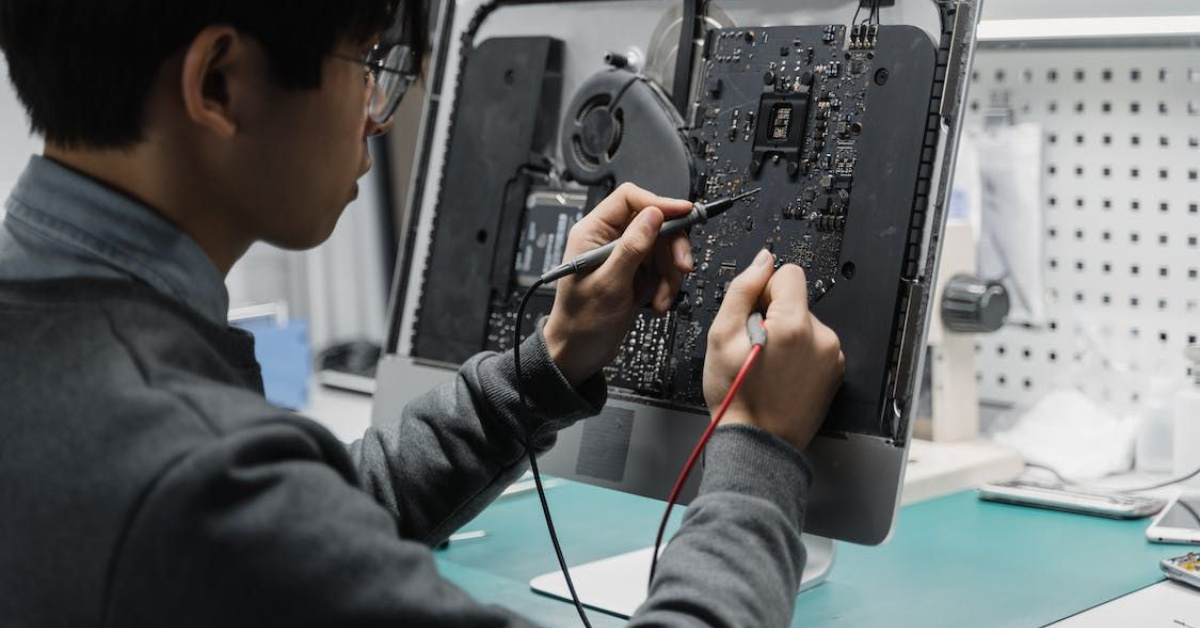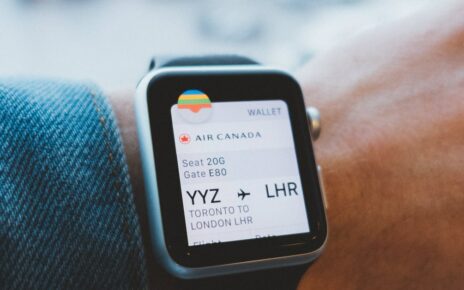Like humans, computers are constantly prone to making errors. To speed up and fix computers that become slow over time, there are numerous instructions that must be followed.
1. Clean out your computer’s hard drive
The first step to fixing slow speed computers is cleaning out its hard drive. If you have been using your computer for years without ever cleaning out its hard drive, then you may find yourself having to clean out old files, programs, and applications that are taking up space on your hard drive. You should always make sure that you back up your data before doing any kind of cleaning, just in case something goes wrong.
2. Update your operating system
Updating your operating system is another way to fix slow speed computers. Updating your operating system means installing the latest version of Windows 10, 8, 7, Vista, XP, etc. You can do this by going to the Microsoft website and downloading the latest version of your operating system. Make sure you download the right version for your computer.
3. Install anti-virus software
Installing anti-virus software is another way to fix your slow speed computer. Anti-virus software helps protect your computer from viruses and malware. There are many different types of anti-virus software, including free and paid versions. Free anti-virus software includes AVG, Avira, Bitdefender, ClamWin, ESET, Kaspersky, McAfee, Norton, Panda, Sophos, Symantec, Trend Micro, and others. Paid anti-virus software include BitDefender Antivirus Plus, BullGuard, Comodo Dragon, F-Secure, Kaspersky Internet Security, Malwarebytes, MSE, NOD32, Panda Cloud, PC Tools, Webroot SecureAnywhere AntiVirus, and ZoneAlarm.
4. Remove unused programs
If you have installed a lot of programs over time, they could be slowing down your computer. Unused programs take up valuable memory and processor power. In the list of programs, click on each program that you no longer use and select Delete.
5. Check your RAM
RAM stands for random access memory. Your computer uses RAM to store information temporarily while it’s being processed. If your computer is running slowly, check if your RAM is full. Then, under Processor, change the Maximum number of processors to 1. Click OK. After changing this setting, restart your computer.
6. Reset your browser settings
Resetting your browser settings is another way to fix a slow computer. Resetting your browser settings means resetting all of the default settings for your web browsers. This includes clearing cookies, cache, history, passwords, and browsing preferences. You can do this easily by clicking on the gear icon at the top right corner of your browser window. Choose “Settings” and then “Clear Browsing Data”.
7. Clear your internet search history
Clearing your internet search history is another way to fix sluggish computers. Clearing your internet search history means deleting all of the searches you have done online. You can do this either manually or automatically. To delete your internet search history manually, open your web browser and type www.google.com in the address bar. Once you are on Google’s homepage, scroll down until you reach the bottom of the page. Next, click on the three dots (…) button located in the upper right hand corner of the screen. A menu will pop up. Select “History” and then choose “Delete All History”.




